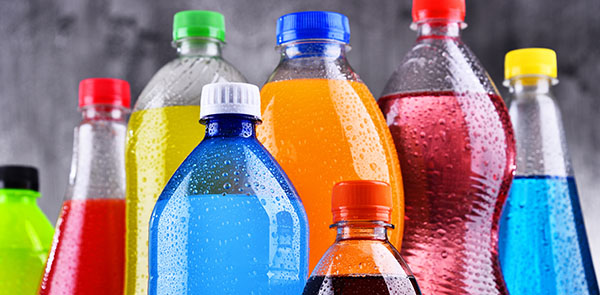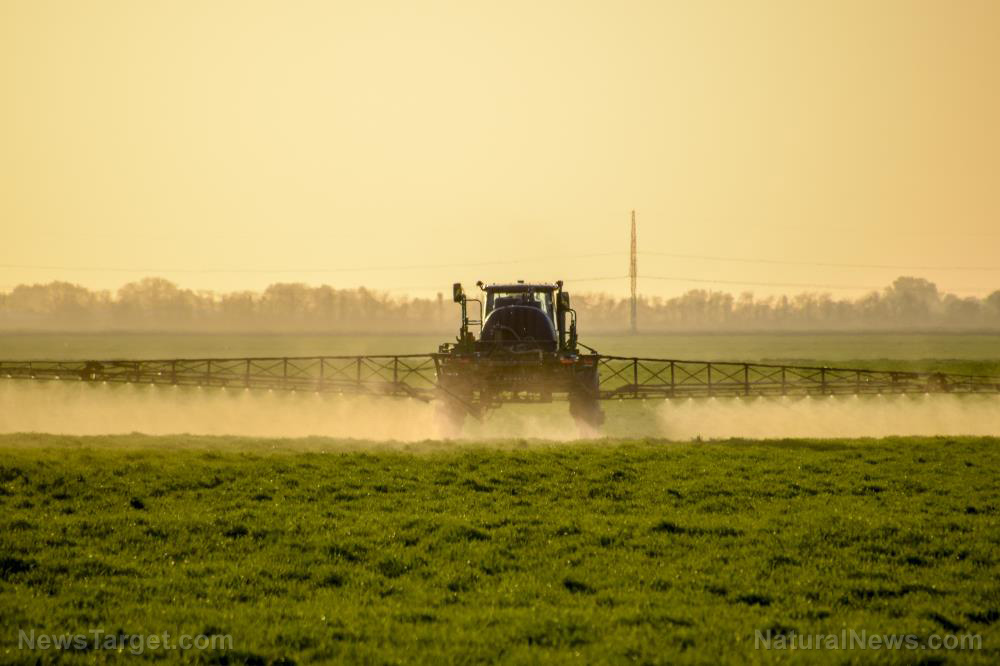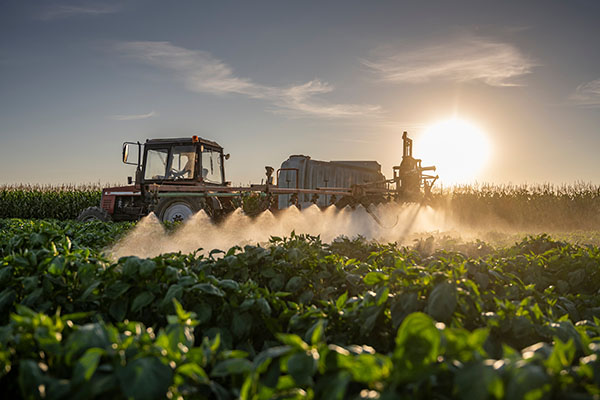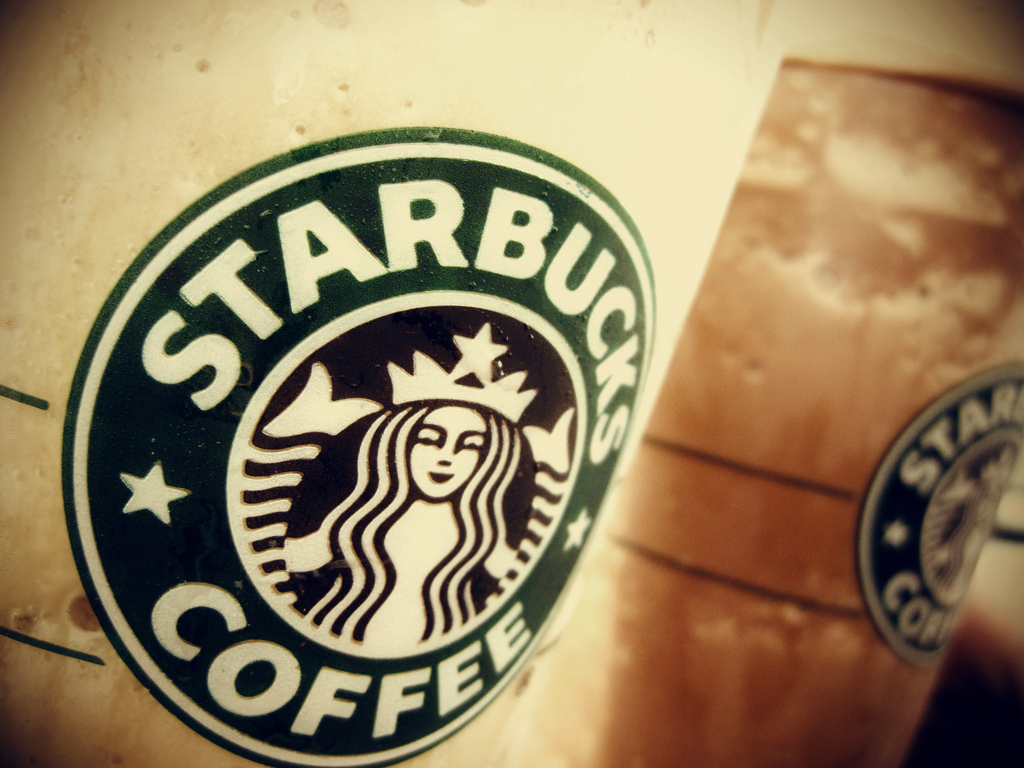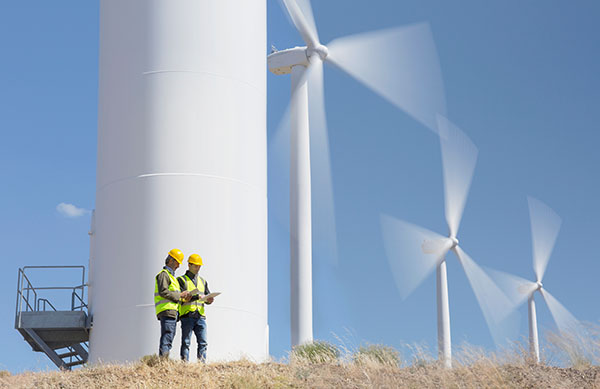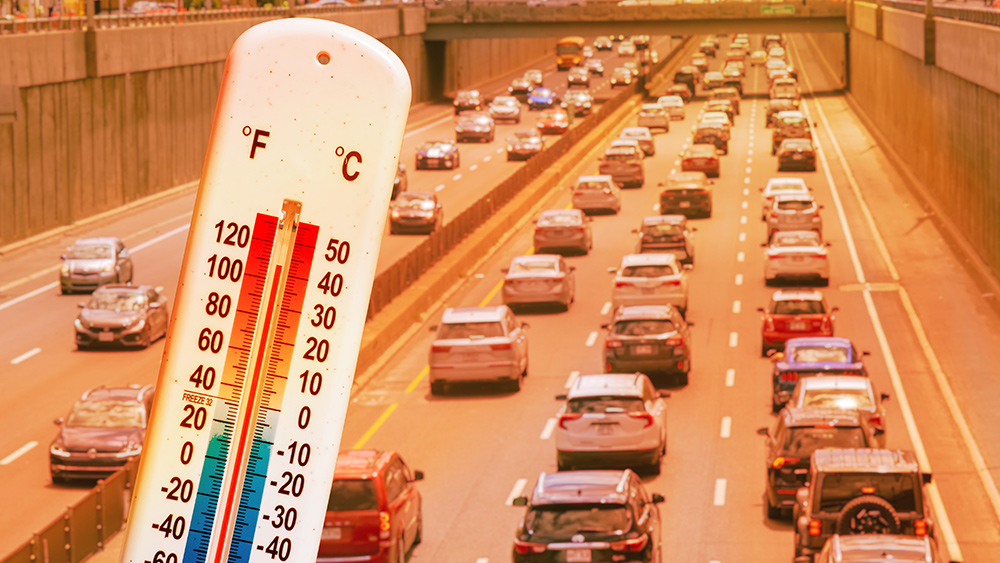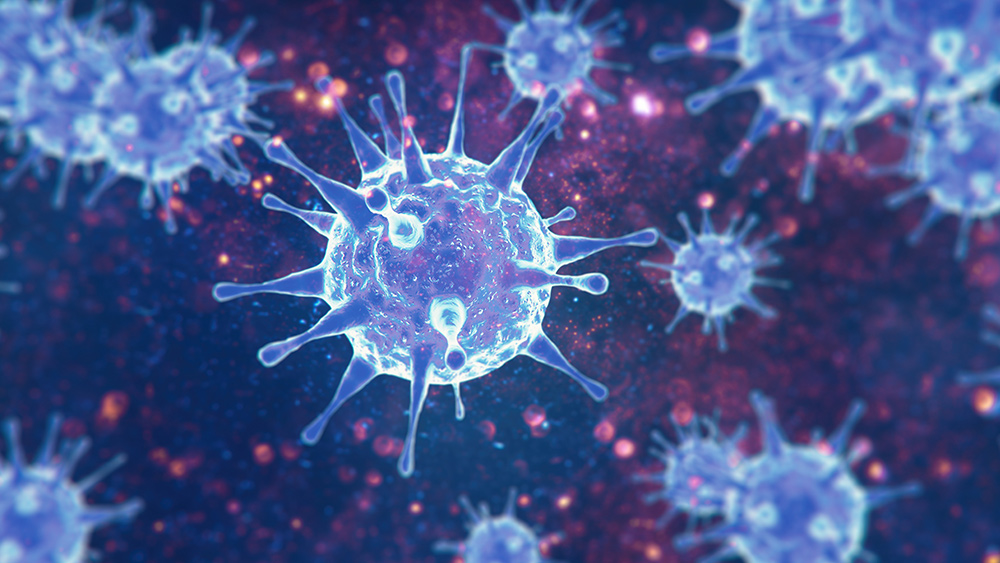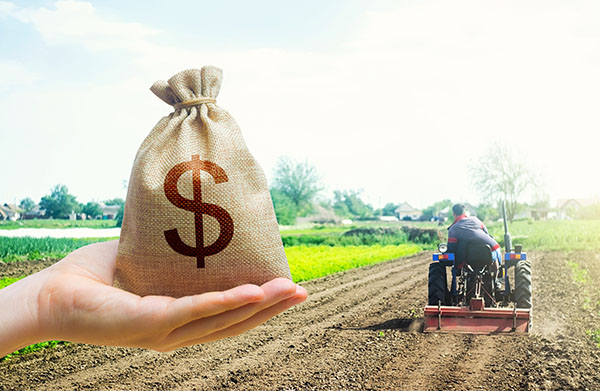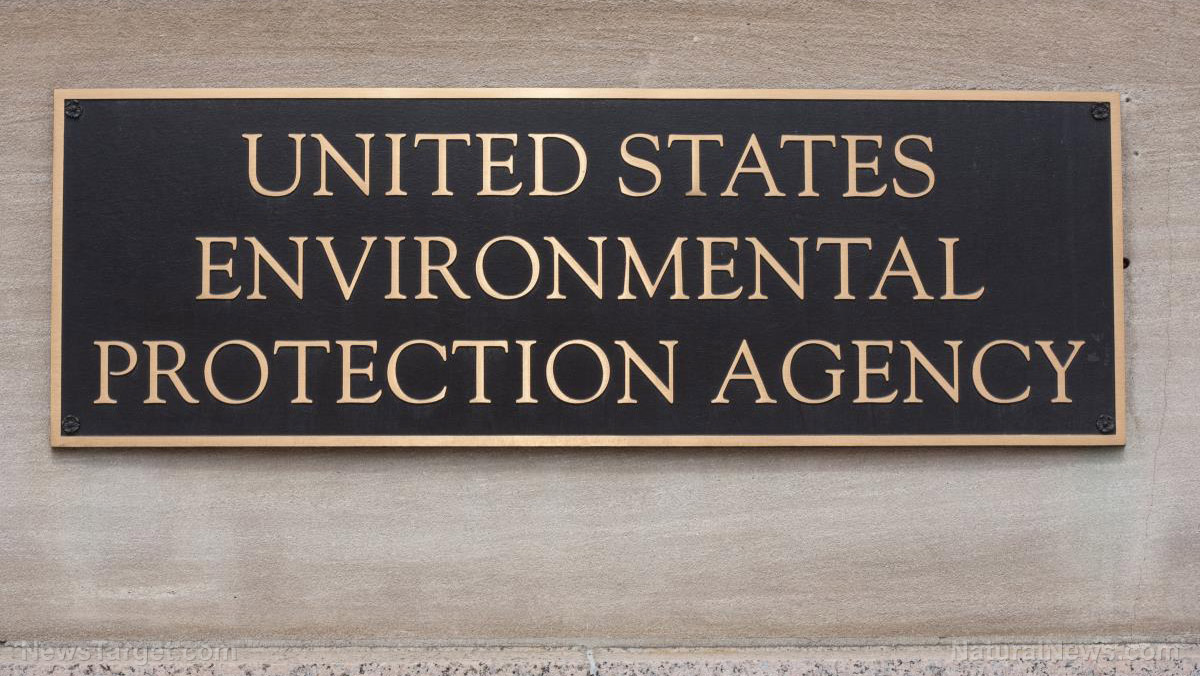Plastic recycling is a SCAM: Recycled plastics are more TOXIC than new ones
08/30/2024 / By Olivia Cook
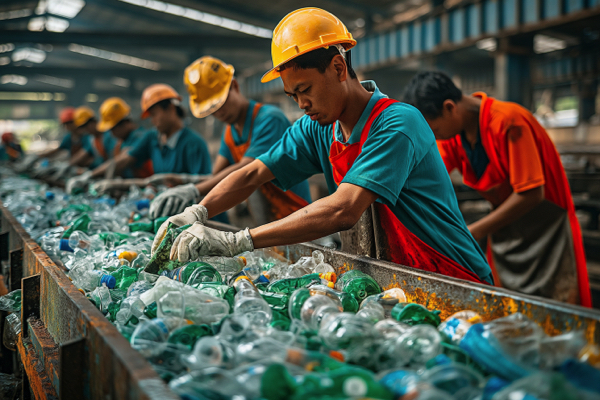
Recycled plastics might sound like an eco-friendly choice, but they can be more toxic than new plastics. The Food and Drug Administration (FDA) has faced criticism for its approval process for using recycled plastics in food packaging, which many believe is too lenient and puts consumers at risk.
Since 1990, the FDA has approved over 340 applications for food packaging materials made from recycled plastics. The approvals have increased significantly – from about seven annually before 2019 to 23 per year since then and 27 approvals already in 2024. These approvals were often given to major petrochemical companies like DuPont, Eastman Chemicals and Indorama, as well as various packaging manufacturers from China and India. Popular brands like Cadbury, Coca-Cola and General Mills also use recycled plastics in their packaging.
While recycling plastics is a positive step for the environment, researchers argue that the FDA’s approval process is outdated and does not fully address the potential risks of chemical contamination. The approval process is voluntary – meaning companies are not required to provide detailed guidance on their recycling methods. The FDA relies on manufacturer’s test data for approval, which can lead to self-regulation and potential oversights.
Studies suggest that recycled plastics can contain harmful chemicals like benzene, BPA and phthalates, among others. Critics argue that the FDA is not doing enough to protect the public from potential toxic hazards in recycled plastics. (Related: Recycling plastic turns out to be WORSE for the environment than just throwing it away… recycling SPREADS microplastic pollution.)
Maricel Maffini, a researcher, noted that the FDA’s focus is more on preventing pathogen contamination rather than addressing chemical safety – calling the current approval process “very lax.”
How safe – or unsafe – is recycled plastic?
Globally, only nine percent of plastic is recycled – most of it goes through a process of sorting, washing, grinding and reshaping into pellets. However, this process can introduce harmful chemicals, according to the United Nations Development Program. About 79 percent of plastic waste ends up in landfills or nature while about 12 percent is completely burned to ashes.
Recycling centers often handle a mix of plastic types, which can lead to contamination. For example, milk jugs might mix with detergent or pesticide bottles – potentially absorbing hazardous substances. Recycling centers that focus on one type of plastic, such as PET (polyethylene terephthalate) bottles, have better control but can still face contamination from items like bottle caps and label adhesives.
The recycling process itself can also add more chemicals. As plastics break down and are treated, additional stabilizers are often needed to make them as strong as new plastic. This can increase the complexity and variety of chemicals in the recycled materials, according to Birgit Geueke, a senior scientist at the Food Packaging Forum.
Research on recycled plastics is still limited but some studies indicate that recycled plastic can be more contaminated than new ones. For instance, recycled PET contained more volatile organic chemicals like benzene, BPA (bisphenol A) and styrene. These chemicals are linked to health issues, such as cancer, developmental delays in children, hormonal disruption and reproductive problems.
Recycled high-density polyethylene (HDPE) used in milk bottles and polypropylene often face even more contamination. Studies have found industrial chemicals, pesticides and pharmaceuticals in recycled HDPE pellets from various countries.
Recycling dilemma
The “reduce, reuse, recycle” mantra has been pushed as a key to a sustainable future. However, plastic recycling has fallen short of expectations – with most plastic ending up incinerated or contaminating food.
Recycling has become a routine practice but recent findings reveal its shortcomings. A 2017 study showed that as of 2015, only nine percent of what was made had been recycled. This issue began in 1970 when the first Earth Day sparked environmental activism. The plastic industry, facing criticism, responded by creating the recycling symbol through a 1970 contest. They used it as a form of “greenwashing.”
In 1988, the Society of the Plastics Industry introduced seven Resin Identification Codes (RICs) to label plastic. However, only two of these are recyclable. The similarity between the RICs and the recycling symbol was intentional to create confusion.
Most people still mistakenly believe plastics with RICs can be recycled. This misunderstanding, known as “wish-cycling,” leads to contamination of recycling streams, increased costs and more plastic ending up in incinerators or landfills.
Moreover, gas and oil companies have promoted recycling while knowing it is not always economically viable. Recycled plastic is often lower quality and more expensive than new plastic. Plastic can only be recycled a few times before it degrades and new plastic is frequently needed to maintain quality. Some industry leaders have also admitted that recycling was a strategy to delay plastic bans.
In short, plastics will remain a waste problem without significant changes and innovations.
Plastic recycling is an actual scam. Watch this video.
This video is from the Exit Babylon channel on Brighteon.com.
More related stories:
The plastics industry knew RECYCLING WOULDN’T WORK, and not plastic waste is POISONING the planet.
Sources include:
Submit a correction >>
Tagged Under:
big government, chemicals, clean food watch, Dangerous, environment, FDA, food contamination, food packaging, food supply, frankenfood, green living, grocery, Landfills, Plastic, plastic recycling, poison, products, recycling, stop eating poison, toxic chemicals, toxic ingredients, toxins
This article may contain statements that reflect the opinion of the author
RECENT NEWS & ARTICLES
COPYRIGHT © 2017 ENVIRON NEWS


